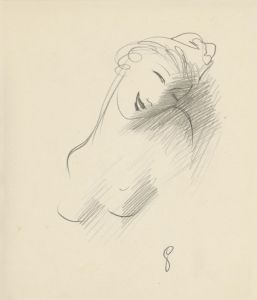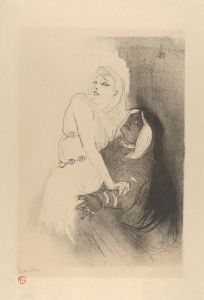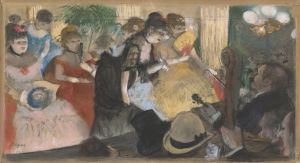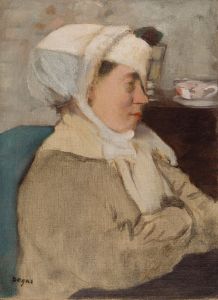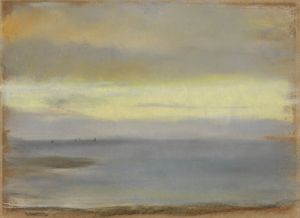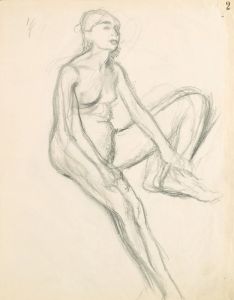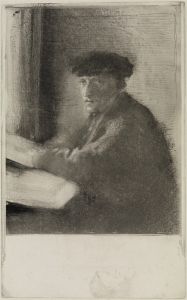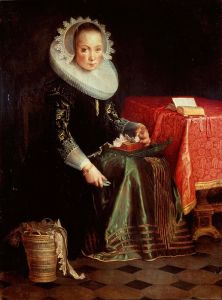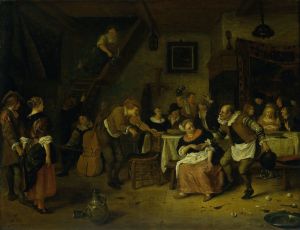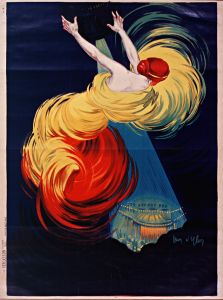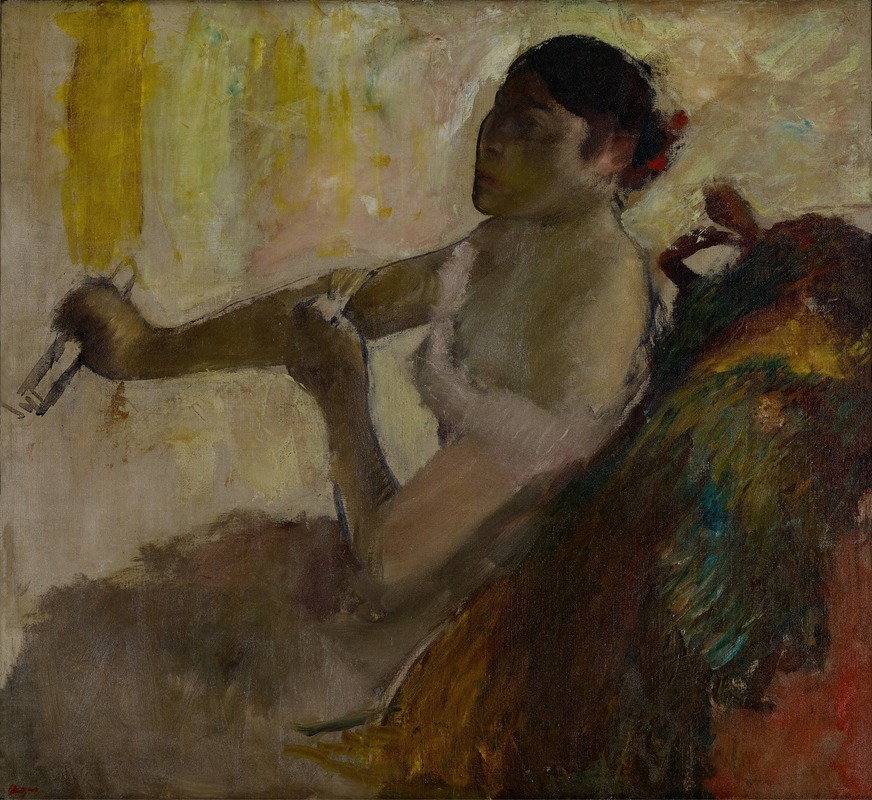
Portrait de Mlle Rose Caron
A hand-painted replica of Edgar Degas’s masterpiece Portrait de Mlle Rose Caron, meticulously crafted by professional artists to capture the true essence of the original. Each piece is created with museum-quality canvas and rare mineral pigments, carefully painted by experienced artists with delicate brushstrokes and rich, layered colors to perfectly recreate the texture of the original artwork. Unlike machine-printed reproductions, this hand-painted version brings the painting to life, infused with the artist’s emotions and skill in every stroke. Whether for personal collection or home decoration, it instantly elevates the artistic atmosphere of any space.
"Portrait de Mlle Rose Caron" is a painting by the renowned French artist Edgar Degas. Degas, born on July 19, 1834, and died on September 27, 1917, was a prominent figure in the Impressionist movement, although he preferred to be called a realist. He is best known for his works depicting dancers, but his oeuvre also includes portraits, scenes of Parisian life, and studies of horses.
The subject of this particular painting, Rose Caron, was a celebrated French operatic soprano born on November 18, 1857, and died on April 9, 1930. Caron was known for her powerful voice and dramatic presence, which made her a favorite in the French opera scene during the late 19th and early 20th centuries. She performed at major venues such as the Opéra-Comique and the Paris Opera, and her repertoire included roles in operas by composers like Wagner and Massenet.
Degas' "Portrait de Mlle Rose Caron" captures the singer in a moment of poised elegance, reflecting both her professional stature and personal grace. The painting is executed with Degas' characteristic attention to detail and his ability to convey the inner life of his subjects. While Degas is often associated with pastel and oil, he was also a master of drawing and sculpture, and his portraits are noted for their psychological depth and technical precision.
The exact date of the painting is not definitively known, but it is believed to have been created during the height of Caron's career, which would place it in the late 19th century. Degas' portraits often involved multiple sittings and a meticulous process of observation and refinement, suggesting that he likely spent considerable time capturing Caron's likeness.
Degas' approach to portraiture was influenced by his academic training and his admiration for the Old Masters, as well as his interest in contemporary photography. His portraits are marked by their compositional innovation and the subtle interplay of light and shadow, which he used to enhance the psychological presence of his subjects.
"Portrait de Mlle Rose Caron" is a testament to Degas' skill as a portraitist and his ability to capture the essence of his subjects. The painting is part of a broader body of work that includes portraits of other notable figures of his time, reflecting his deep engagement with the cultural and social milieu of 19th-century France.
As with many of Degas' works, the painting is held in high regard by art historians and collectors. It exemplifies his mastery of form and his nuanced understanding of human character, making it a significant piece within his extensive and varied portfolio.
In summary, "Portrait de Mlle Rose Caron" by Edgar Degas is a distinguished work that highlights the artist's exceptional talent in portraiture and his ability to convey the personality and presence of his subjects. The painting remains an important part of Degas' legacy and a valuable piece of art history.






